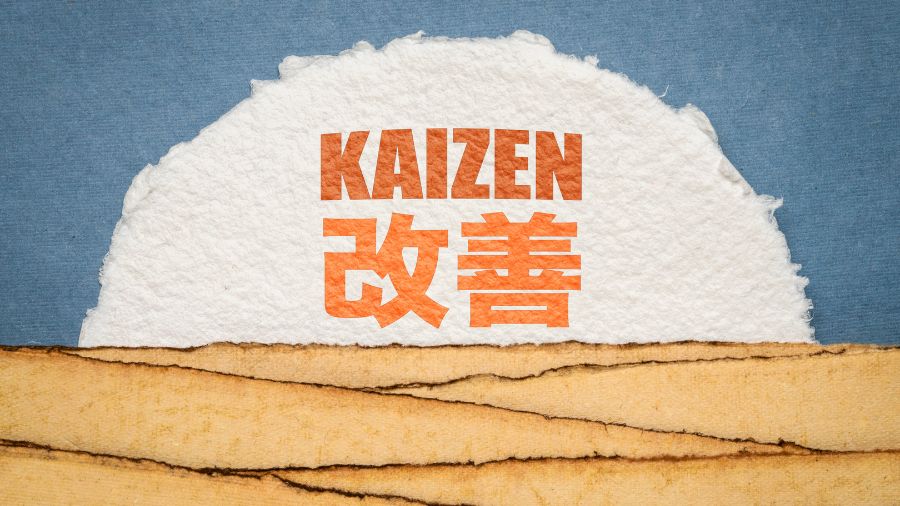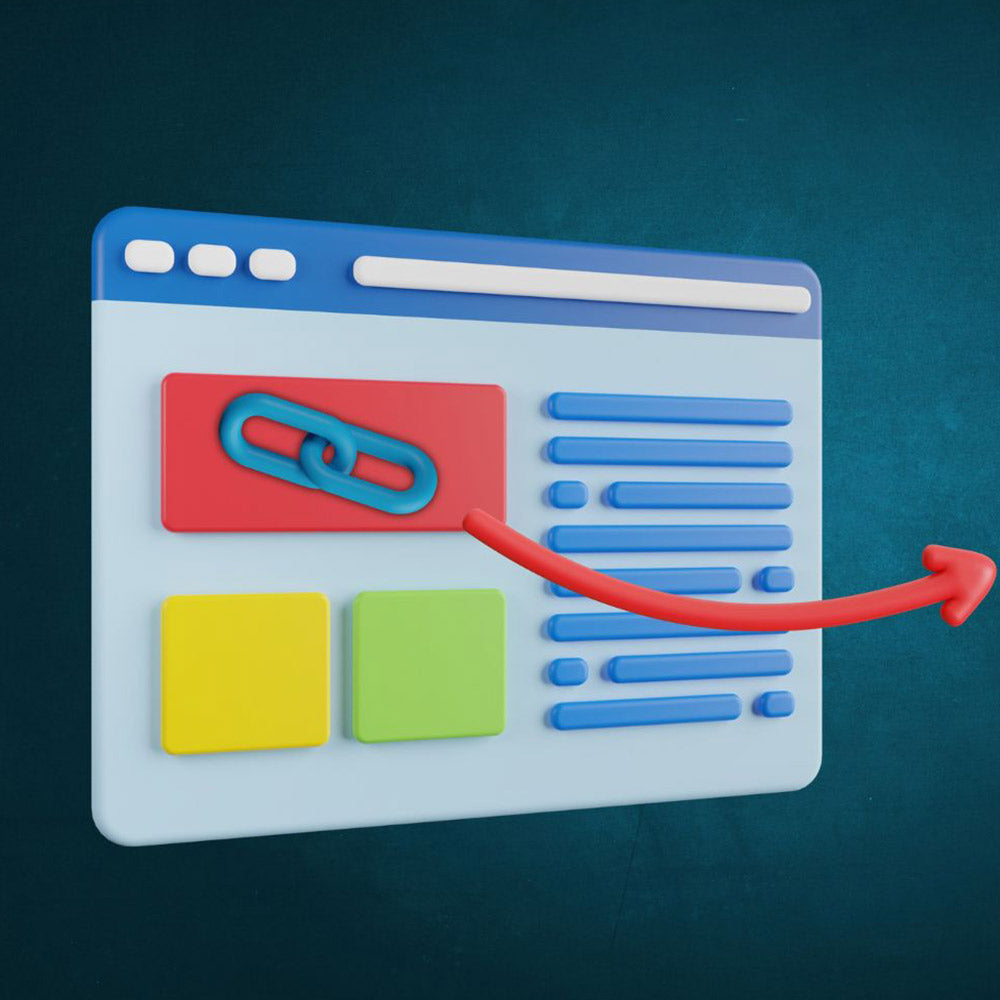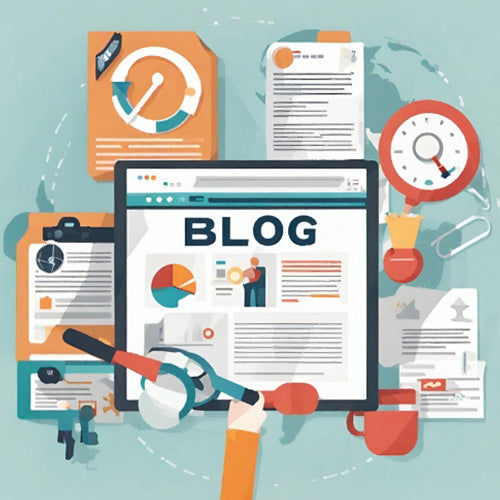In today's rapid-paced world, where everyone is pushing themselves to improve constantly, the art of Kaizen has become a potent instrument for personal and professional development. Derived from Japanese culture, Kaizen is a philosophy that focuses on making minor improvements daily to achieve significant and lasting progress.
The word "Kaizen" itself means "change for the better" or "continuous improvement." It emphasizes the importance of incremental changes that can lead to remarkable transformations over time. This idea has garnered traction across multiple domains, including the business sector, health, and personal development, due to its effectiveness in fostering positive change.
The origins of Kaizen in Japanese culture
Kaizen originated in post-World War II Japan when the country was striving to rebuild its economy. The Japanese philosophy of continuous improvement played a crucial role in their remarkable economic recovery. Masaaki Imai, a Japanese management consultant, first introduced the concept of Kaizen in his book "Kaizen: The Key to Japan's Competitive Success."
In Japanese culture, the spirit of Kaizen is deeply ingrained. It is seen as a way of life rather than just a management technique. The Japanese believe that small, incremental improvements made consistently can lead to significant advancements. This mindset has helped Japan become a global industry leader known for its outstanding quality and efficiency.
Understanding the philosophy behind Kaizen
At the core of the Kaizen philosophy is the belief that every individual, regardless of their role or position, can contribute to the improvement process. It encourages a bottom-up approach, where employees at all levels can identify and implement minor improvements in their daily work.
This mindset encourages an environment of ongoing learning, innovation, and collaboration. Kaizen also emphasises the importance of data-driven decision-making.
Organizations can utilize data collection and analysis to identify areas for improvement and measure the impact of their efforts. Evidence-based methods guarantee that adjustments are grounded in facts rather than assumptions, resulting in more impactful and enduring enhancements.
Benefits of adopting the Kaizen approach
By embracing the art of Kaizen, individuals and organizations can experience many benefits. Firstly, focusing on minor improvements daily promotes a sense of accomplishment, as progress is made consistently. This can enhance motivation and morale, increasing productivity and job satisfaction.
Kaizen also encourages a proactive approach to problem-solving. Organizations can avoid significant setbacks and improve overall efficiency by continuously seeking out and addressing minor issues before they escalate. This continuous improvement mindset can foster a culture of innovation, adaptability, and resilience, enabling organizations to stay competitive in today's rapidly changing business landscape.
Furthermore, Kaizen promotes employee engagement and empowerment. When employees are motivated to share their ideas and suggestions for improvement, they feel valued and invested in the organisations success. This could result in increased employee satisfaction, retention, and loyalty.
How to implement Kaizen in your personal life
The principles of Kaizen can be applied not only in the workplace but also in our personal lives. By making minor improvements daily, we can enhance our overall well-being and achieve our individual goals. Here are some practical steps to implement Kaizen in your personal life:
- Start with self-reflection: Identify areas of your life that you want to improve. This could be related to your health, relationships, personal growth, or other vital aspects.
- Set small, achievable goals: Break down your larger goals into smaller, manageable tasks. By focusing on one slight improvement at a time, you can avoid feeling overwhelmed and increase your chances of success.
- Create a routine: Incorporate your desired changes into your daily routine. Consistency is vital when it comes to Kaizen. Making minor improvements a habit makes them effortless and part of your natural way of living.
- Measure your progress: Track your progress to stay motivated and identify areas for further improvement. You could do this through journaling, tracking apps, or seeking feedback from trusted individuals.
- Celebrate achievements: Acknowledge and celebrate each slight improvement you make. This positive reinforcement will further motivate you to continue your journey of continuous improvement.
Implementing Kaizen in your personal life can lead to personal growth, increased happiness, and a greater sense of fulfilment.
Applying Kaizen in the workplace
The principles of Kaizen have proven to be highly effective in improving workplace productivity and efficiency. By fostering a culture of ongoing enhancement, organizations can drive innovation, enhance employee engagement, and achieve long-term success. Here are some critical steps to apply Kaizen in the workplace:
- Foster a culture of empowerment: Encourage all employees to participate actively in the improvement process. Please provide them with the necessary tools, resources, and support to identify and implement minor improvements in their respective areas.
- Define precise objectives and metrics: Define specific goals and metrics that align with the overall organizational objectives. This will provide a clear direction for improvement efforts and enable effective progress measurement.
- Encourage collaboration and communication: Foster a collaborative environment where employees can openly share their ideas and suggestions. Encourage cross-functional teams to collaborate on improvement projects as perspectives can lead to innovative solutions.
- Provide training and development opportunities: Allocate resources to training programs that provide employees with the skills and knowledge required to apply Kaizen principles successfully. This will empower them to contribute meaningfully to the improvement process.
- Continuously review and refine processes: Regularly review existing processes and identify areas for improvement. Involve employees in this process to gain their insights and perspectives. Implement changes based on data-driven analysis and monitor the impact of these changes.
By applying Kaizen in the workplace, organizations can cultivate a culture of ongoing enhancement, ensuring every employee is engaged, motivated, and committed to achieving excellence.
The role of minor improvements in achieving big goals
The concept of Kaizen highlights the power of minor improvements in achieving significant goals. It recognizes that major transformations are often the result of a series of small, incremental changes made consistently over time. Individuals and organizations can progress towards their larger objectives by focusing on minor improvements daily.
Minor improvements are more manageable and less intimidating than large-scale changes. They allow for experimentation, learning, and adjustment along the way. Additionally, minor improvements build momentum and create a positive feedback loop. Each small success motivates and inspires further action, leading to a continuous improvement cycle.
Furthermore, minor improvements address issues at their root cause rather than merely treating the symptoms. By identifying and addressing minor problems early on, organizations can stop them from developing into more significant, complex issues. This proactive approach helps to maintain stability, minimize disruptions, and optimize performance.
Examples of successful businesses that have adopted Kaizen
Many successful businesses worldwide have adopted the principles of Kaizen and reaped the benefits of continuous improvement. One notable example is Toyota, the Japanese automobile manufacturer.
The production system developed by Toyota, commonly referred to as the Toyota Production System (TPS), is built on the foundations of Kaizen.
By empowering employees to contribute to improvement efforts and consistently implement small changes, Toyota has become renowned for its high-quality, efficient, and reliable vehicles.
Another example is Amazon, the global e-commerce giant. Amazon has ingrained the spirit of Kaizen in its culture, continually striving to enhance its customer experience, operational efficiency, and innovation. Through its obsession with customer satisfaction and its relentless pursuit of improvement, Amazon has become one of the most successful companies in the world.
These examples demonstrate the transformative power of Kaizen when applied effectively. By embracing the philosophy of continuous improvement, businesses can achieve excellence, differentiate themselves from competitors, and adapt to evolving market demands.
Resources and tools for practising the art of Kaizen
To practice the art of Kaizen effectively, there are various resources and tools available that can aid in the implementation process. Here are some essential resources:
- Books: Numerous books on Kaizen provide in-depth insights and practical guidance. Some recommended titles include "Kaizen: The Key to Japan's Competitive Success" by Masaaki Imai, "Gemba Kaizen: A Commonsense Approach to a Continuous Improvement Strategy" by Masaaki Imai, and "The Kaizen Way: One Small Step Can Change Your Life" by Robert Maurer.
- Online courses: Many online platforms offer courses on Kaizen and continuous improvement. These courses provide structured learning experiences and practical tools applicable in various situations. Some popular platforms include Udemy, Coursera, and LinkedIn Learning.
- Kaizen events and workshops: Participating in Kaizen events and seminars can provide hands-on experience in applying the principles of Kaizen. These events often involve interactive exercises, case studies, and group discussions, facilitating learning and collaboration.
- Kaizen software and tools: Software solutions and tools are available that can streamline the implementation of Kaizen in the workplace. These tools enable efficient data collection, analysis, and visualization, making it easier to identify improvement opportunities and track progress. Some popular Kaizen software includes KaiNexus, Trello, and LeanKit.
By utilizing these resources and tools, individuals and organizations can enhance their understanding of Kaizen and implement it effectively to drive continuous improvement.
Continuous improvement through Kaizen
The art of Kaizen offers a powerful approach to continuous personal and professional improvement. Individuals and organizations can achieve remarkable progress and unlock their full potential by making minor improvements daily. It is a philosophy that encourages a proactive mindset, fosters collaboration, and promotes a culture of innovation and excellence.
By understanding the origins and philosophy of Kaizen, adopting its principles, and utilizing the available resources and tools, anyone can take the art of Kaizen and experience the transformative power of continuous improvement.
Art of Kaizen (Frequently Asked Questions)
Can Kaizen be applied to any industry or field?
Yes, Kaizen can be applied to any industry or field. The principles of continuous improvement are universal and can be customized to meet different sectors' unique requirements and obstacles.
How long does it take to see the results of Kaizen?
The timeframe for seeing the results of Kaizen can vary depending on various factors, such as the complexity of the improvement, the level of implementation, and the organization's culture. However, minor improvements made consistently over time can lead to significant and lasting results.
Is Kaizen a one-time process, or is it ongoing?
Kaizen is an ongoing process. It is not a one-time event or project but a continuous improvement journey. The philosophy of Kaizen emphasizes the importance of making minor improvements daily and fostering a culture of constant learning and innovation.
Can Kaizen be implemented at an individual level?
Absolutely. The principles of Kaizen can be applied at an individual level to enhance personal growth and achieve personal goals. By making minor improvements daily and embracing a continuous improvement mindset, individuals can experience positive transformations in various aspects of their lives.
What are some common challenges in implementing Kaizen?
Some common challenges in implementing Kaizen include reluctance to change, limited employee involvement, and difficulty sustaining the momentum of improvement efforts. However, organizations can overcome these obstacles and achieve successful implementation by addressing these challenges through effective communication, leadership support, and fostering a culture of empowerment.
Can Kaizen be combined with other improvement methodologies?
Kaizen can be combined with other enhancement methods, like Lean Six Sigma or Agile frameworks. These methodologies complement each other and can be integrated to achieve even more excellent results. The key is to adapt and customize the approaches to suit the organisation's specific needs and context.
Up Next: 15+ Most Important Mindset Laws














